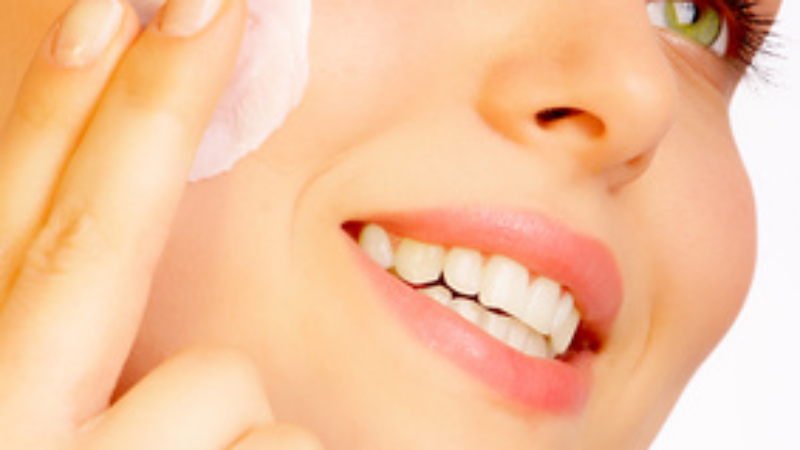 |
Hyperhidrosis, the medical term for excessive sweating, affects around 3% of the general population. Men and women are equally affected, with the most common occurrence in individuals aged 25 to 64 years. Because 30 – 50% of sufferers have another family member afflicted with the condition, it’s thought to imply a genetic predisposition. |
What Causes Hyperhidrosis?
Sweaty palms is the most common form of hyperhidrosis, but the feet, underarms and face may also be affected. Sweating tends to be uncontrolled, embarrassing and unanticipated, which can be emotionally upsetting for affected individuals. Sweating may occur even when the temperature is cool or when an individual is at rest. Although not medically serious, this condition can have significant negative impact.
The cause of primary hyperhidrosis is unknown, but it’s thought to be caused by overactivity of the sympathetic nervous system. And, anxiety has been known to contribute to the situation. Other factors including certain foods and drinks, nicotine, caffeine and certain smells have been known to trigger a response.
Hyperhidrosis Treatments
A range of treatment options are available including:
- Antiperspirants. Strong anti-perspirants help to manage hyperhidrosis by plugging sweat ducts. Products containing high concentrations of aluminum chloride hexahydrate are the first line of treatment for underarm sweating. One of the downsides of high concentration antiperspirants is that while effective, they can cause skin irritation.
- Medication. Anticholinergics drugs, such as glycopyrrolate (Robinul, Robinul-Forte), oxybutynin (Ditropan) help to prevent the stimulation of sweat glands. Although effective for some patients, these drugs have not been studied as well as other treatments. Side effects include dry mouth, dizziness, and problems with urination. If sweating is stress related, beta-blockers or benzodiazepines may help.
- Iontophoresis. This FDA-approved procedure uses electricity to temporarily turn off the sweat gland. Affected areas are placed into water, and then a gentle current of electricity is passed through it. The electricity is gradually increased until the patient feels a light tingling sensation. The therapy lasts about 10-20 minutes and requires several sessions. Rare side effects include skin cracking and blisters. Iontophoresis is most effective for treatment of the hands and feet.
- Botox. Botulinum toxin was approved by the FDA in 2004 for the treatment of severe underarm sweating, a condition called primary axillary hyperhidrosis. Small doses of purified botulinum toxin injected into the underarm temporarily blocks the nerves that stimulate sweating. Side effects include injection-site pain and flu-like symptoms plus temporary weakness and intense pain.



